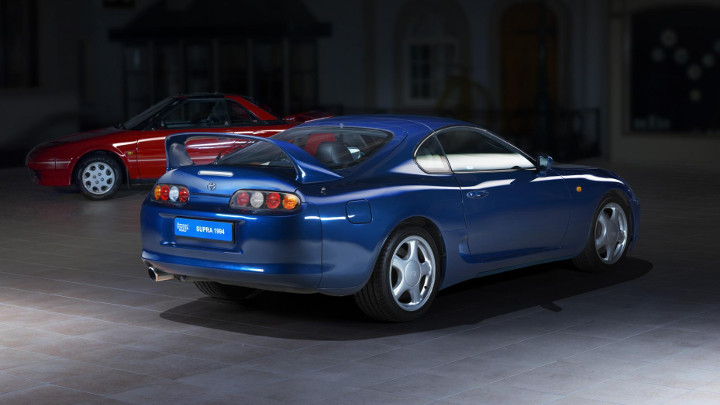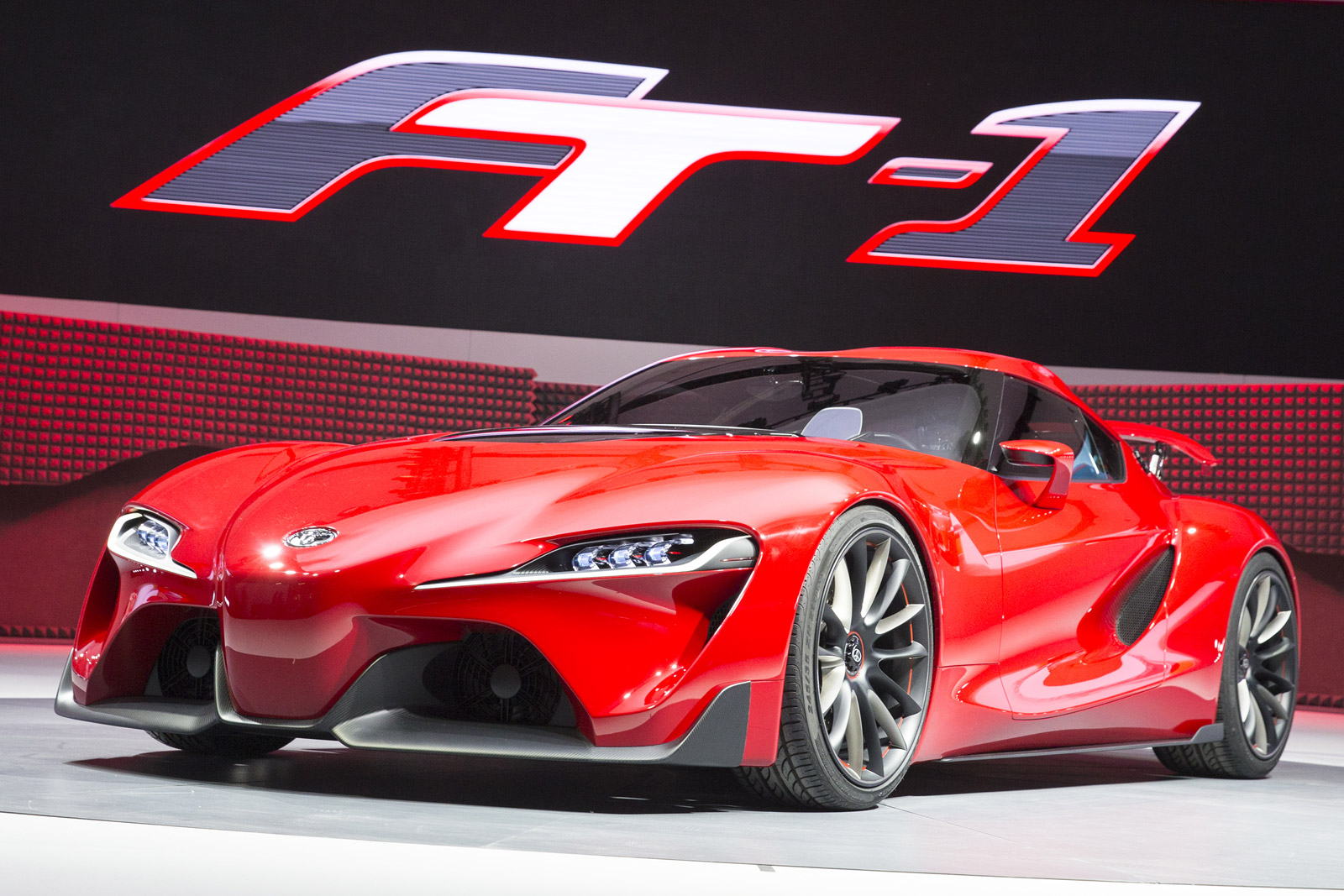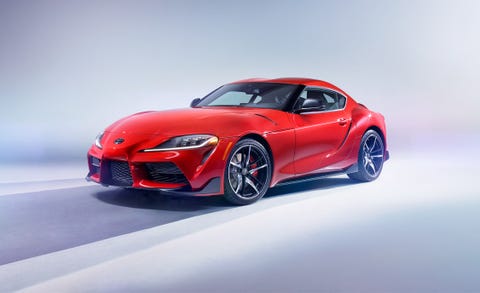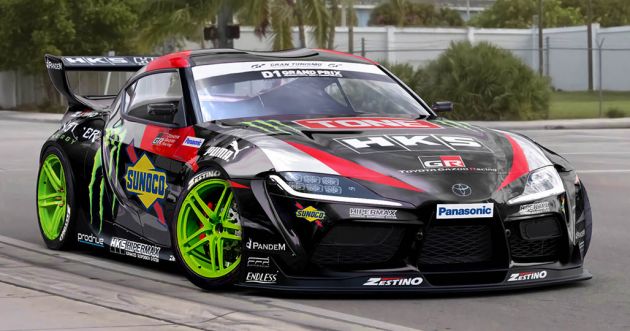The Toyota Supra like all the
other Japanese sports cars was a tuners dream, when launched it competed with
the Nissan GTR’s Mazda RX-7, and Honda NSX. This blog is written to address the
issue of how we are left with only one true Japanese sports car that has stuck
to its grass roots, that is the Nissan GTR, the R35 is still the supercar
beater that it always was but with a slightly higher price tag.
The motive of this essay is to
convey my thoughts on how Toyota killed the Supra yet it is re-born as a fierce
samurai fighter who was raised in Germany.
About the Supra

The fighter was born as
regular old sports car with low horse power, and highly reliable engine. The
car starts its journey 40 years back in 1979 as the Celica
Supra, the middle name a reference to its shared chassis with Toyota’s smaller
Celica sports coupe. Later in the
80’s the two models split the celiac was the smaller sports car but the more
success full car was the supra. April 1978 Toyota began
production of the Supra in Japan, as the Celica XX, and sold alongside the
Celica, the supra was offered with a 2.0L engine putting out 123 hp. In 1981 Toyota
completely redesigned the Celica supra it had pop-up headlights and a longer
hood to accommodate an inline six. In the North American market, the Celica
Supra was available in two distinct models. There was the "Performance
Type" (P-type) and the "Luxury Type" (L-type). Another unique
and notable feature of the 1982 supra was that the suspension was independent
and was tuned by lotus. The major change in 1986 was that the Celica and Supra
were now totally different as Celica became a small front wheel drive sports
car.
Perhaps the
most famous and sort after model of the Supra is the A80 due to the movie Fast
and the Furious, finally Toyota gave emphasis to performance. And the
turbocharged variant could accelerate to 97kmph in 4.6 sec. For this
generation, the Supra received a new six-speed Getrag/Toyota V160 gearbox on
the turbo models while the naturally aspirated models made do with a five-speed
manual W58 transmission, revised from the previous model. Each model
was offered with a four-speed automatic with manual shifting mode.

the concept Supra

The rebirth
of the supra (A90)

After 20
years without a new supra the expectations and impatiens in every car fan grew
when the new supra was announced. The supra like the NSX was a lost Japanese
hero waiting to be reborn. The rumours were out that the Supra was going to
share the same platform as the BMW Z4, this triggered several fans as the Supra
was now more of a German car now with the same 3.0L 4 cylinder making 350 hp.
The A90 even has the same suspension and electronics from the BMW Z4.

Does this
mean it’s a bad car?
No it is
still like the old A80 gen supra with loads of room for tuner companies to dial
of the power, handling and looks. So one should in fact look at the A90 as a
car that has observed the true usage of the A80 gen supra, as most of the
Supra’s are pushing out a minimum of 650 to the wheel, the number of unmodified
1000hp A80 Supra’s can be counted on your fingers for most of them are not
stock. Hence it is safe to say that the A90 supra will also be tuned and
modified to the limit. As a car guy and a Supra fan himself I am not too disappointed
 |
| first 2jz swapped A90 Supra |
Great article!
ReplyDeletePaulomi